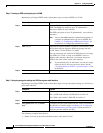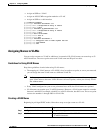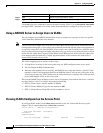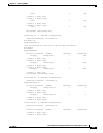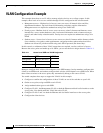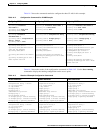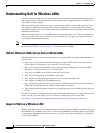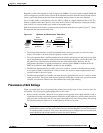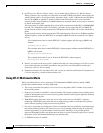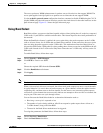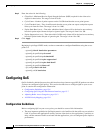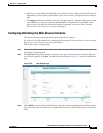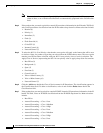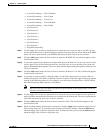
15-2
Cisco IOS Software Configuration Guide for Cisco Aironet Access Points
OL-30644-01
Chapter 15 Configuring QoS
Understanding QoS for Wireless LANs
Understanding QoS for Wireless LANs
Typically, networks operate on a best-effort delivery basis, which means that all traffic has equal priority
and an equal chance of being delivered in a timely manner. When congestion occurs, all traffic has an
equal chance of being dropped.
When you configure QoS on the access point, you can select specific network traffic, prioritize it, and
use congestion-management and congestion-avoidance techniques to provide preferential treatment.
Implementing QoS in your wireless LAN makes network performance more predictable and bandwidth
utilization more effective.
When you configure QoS, you create QoS policies and apply the policies to the VLANs configured on
your access point. If you do not use VLANs on your network, you can apply your QoS policies to the
access point’s Ethernet and radio ports.
Note When you enable QoS, the access point uses Wi-Fi Multimedia (WMM) mode by default. See the “Using
Wi-Fi Multimedia Mode” section on page 15-4 for information on WMM.
QoS for Wireless LANs Versus QoS on Wired LANs
The QoS implementation for wireless autonomous access points differs from QoS implementations on
wired devices:
• They do not classify packets; they prioritize packets based on DSCP value, client type (such as a
wireless phone), or the priority value in the 802.1q or 802.1p tag.
• They do not construct internal DSCP values; they only support mapping by assigning IP DSCP,
Precedence, or Protocol values to Layer 2 COS values.
• They carry out WMM type of queuing on the radio egress ports.
• They do only FIFO queuing on the Ethernet egress port.
• They support only 802.1Q/P tagged packets. Access points do not support ISL.
• They support only MQC policy-map set cos action.
• They prioritize the traffic from voice clients (such as VoWLAN IP phones) over traffic from other
clients when the QoS Element for Wireless Phones feature is enabled.
• They support Spectralink phones using the class-map IP protocol clause with the protocol value set
to 119.
To contrast the wireless LAN QoS implementation with the QoS implementation on other Cisco network
devices, see the Cisco IOS Quality of Service Solutions Configuration Guide at this URL:
http://www.cisco.com/univercd/cc/td/doc/product/software/ios122/122cgcr/fqos_c/index.htm
Impact of QoS on a Wireless LAN
Wireless LAN QoS features are an implementation of the Wi-FI Alliance WMM certification, based on
the IEEE 802.11e amendment. Any wireless client certified WMM can implement Wireless LAN QOS
in the upstream direction (from the wireless client to the AP). Any client certified 802.11n or 802.11ac
is also certified WMM.



